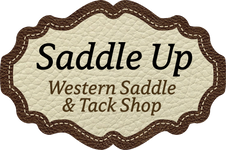Level 2 Bits
Posted by Saddle Up on Jul 10th 2015
Level 2 bits are best for maturing horses or horse's with intermediate training. Level 2 bits are the next step in getting your horse soft and responsive to subtle cues. The whole point is to get you and your horse to a place where you rarely need to use a lot of bit pressure. Part of how you can accomplish this is by making sure you have good balance and are not relying on the reins for support. This automatically causes heavy hands and is then nearly impossible for your horse to pick up on subtle cues or to even pay as much attention to you as they should. You also need to have a bit that is comfortable to your horse so they can function and do their job to the best of their ability.
The tongue is actually connected by muscles and bones to the horse's chest and front legs, so what's going on inside the mouth has a direct impact on the horse's neck and shoulders. If there is tension in the tongue there will automatically be tension in the muscles of the throat, underside of the neck, shoulders and sternum. Whereas if the tongue is comfortable and relaxed the front end is physically freed up.
Level 2 bits have some pressure across the tongue, direct pressure onto the bars or a collapsing action onto the bars, and offers certain amounts of tongue relief.
Myler's bits have curved mouthpieces and are at a better angle so as to allow the horse comfort for his tongue as well as his bars.
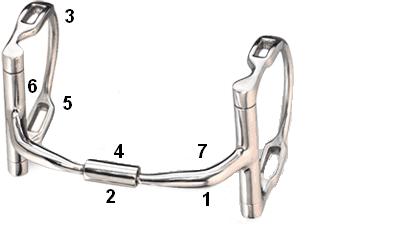
(photo taken from horsebitbank.com)
A purely straight bit can be very harsh as it will work on the bar pressure with no regards to the tongue. This type of bit can damage a horse's tongue/mouth.
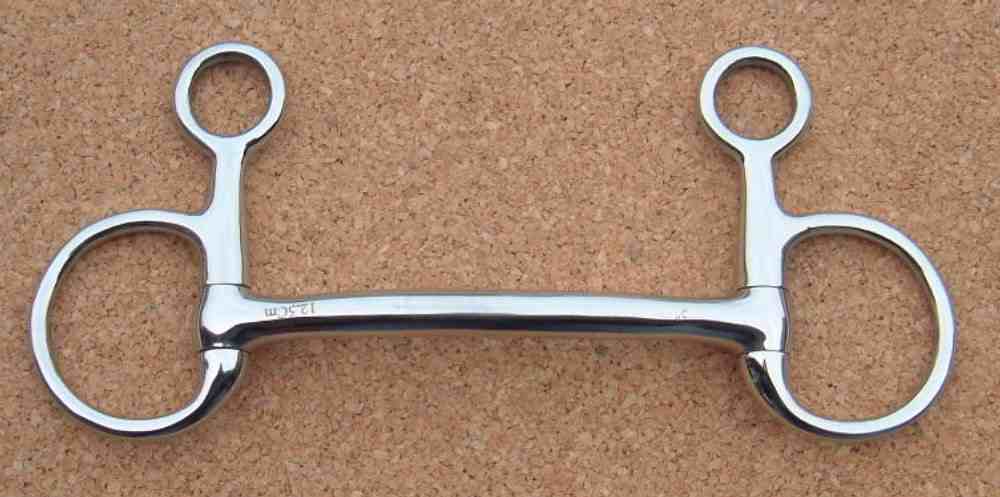
(photo taken from ukshires.net)
Full cheek snaffles were not designed to be used without bit keepers. The reason for that was that when the bit activated and when the horse came to it, the headstall (by means of the bit keepers) would bring the bit back up, giving the horse an automatic release for coming into the bit. Without bit keepers a full cheek snaffle will just sit on the horse's tongue when the horse comes into it.
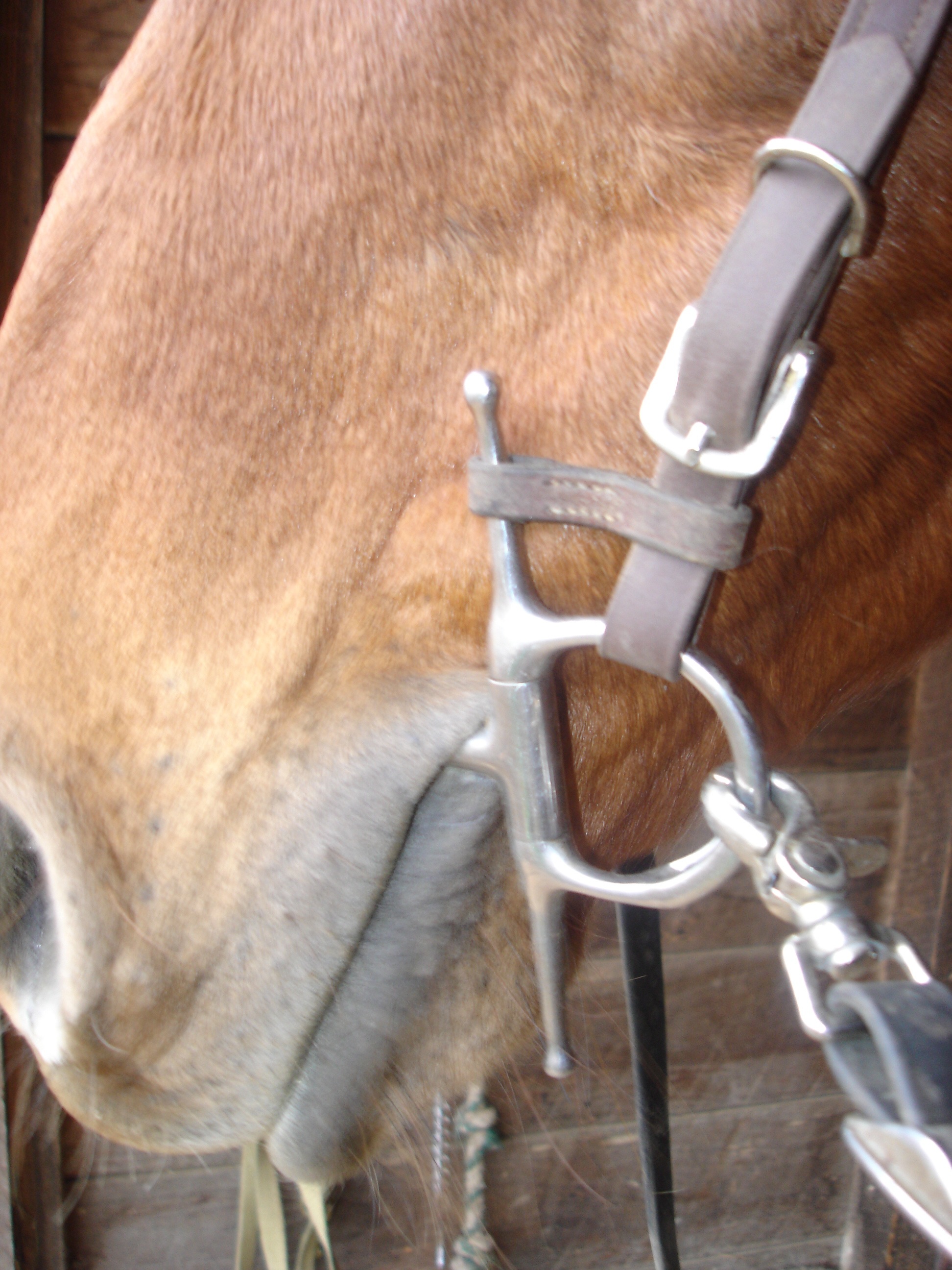
(photo taken from equineink.com)
You may have noticed some of the Myler bits have what they call hooks. One for the headstall, one for the reins.

(photo taken from waynefieldsleatherwork.com.au)
These hooks cause the same action as a full cheek snaffle with bit keepers, giving the horse relief when he comes into the bit.
The reason for the hook for the reins was so you wouldn't loose leverage by having your rein slide up nearly to the top of the bit before it activated the bit action. By securing the rein you will be able to get a better response quicker and use less pressure.
Correction bits have a high port and edges that when you pick the bit up those edges will place direct pressure on the edges of the horse's tongue.
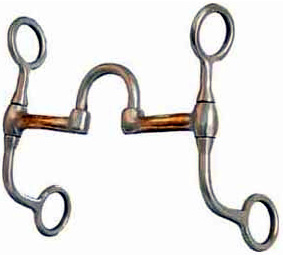
(photo taken from chicksaddlery.com)
Myler correction bits function the same as other correction bits, but the edges are smooth making it a much softer bit for the horse's comfort. Because when the horse is comfortable his attention is more able to be on you.
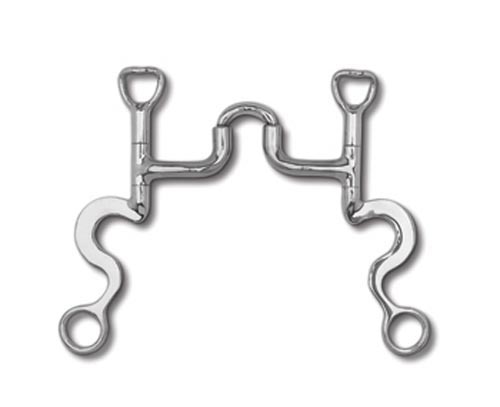
(photo taken from kotrading.com)
The Myler Bit Clinic hosted by Saddle Up is next Friday at 7:00 pm! Be sure to register and get all sorts of wonderful and helpful information about bits from none other then Dale Myler! Also be sure to pick up your coupon for attending the seminar. $10 off any Myler bit that Saddle Up sells!
“A true horseman does not look at the horse with his eyes, he looks at his horse with his heart.” --Author Unknown
~ Saddle Up
